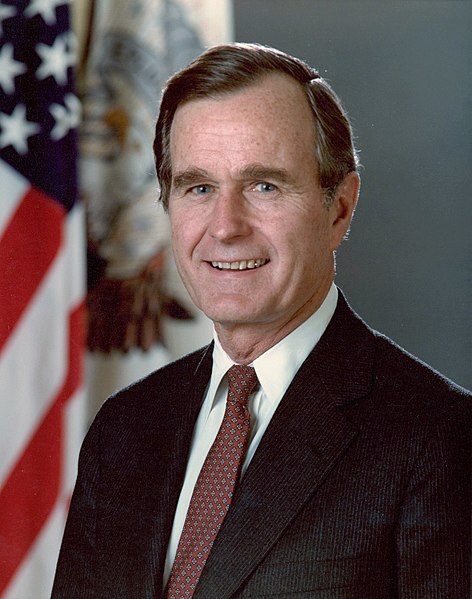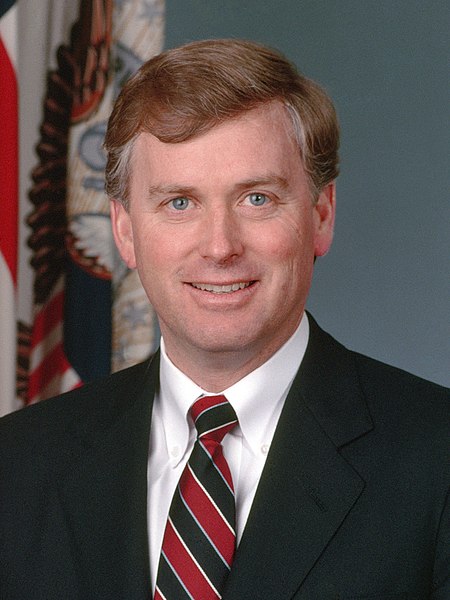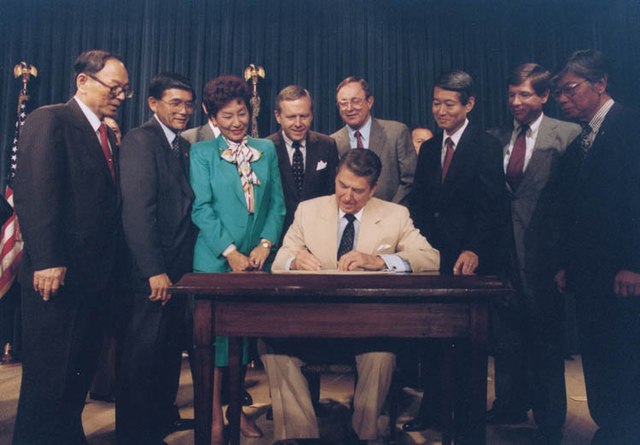101st United States Congress
The 101st United States Congress was a meeting of the legislative branch of the United States federal government, composed of the United States Senate and the United States House of Representatives. It met in Washington, D.C., from January 3, 1989, to January 3, 1991, during the final weeks of Ronald Reagan's presidency and the first two years of George H. W. Bush's presidency.
United States Capitol
George H. W. Bush (R), until January 20, 1989
Dan Quayle (R), from January 20, 1989
Robert Byrd (D)
100th United States Congress
The 100th United States Congress was a meeting of the legislative branch of the United States federal government, composed of the United States Senate and the United States House of Representatives. It met in Washington, D.C., from January 3, 1987, to January 3, 1989, during the last two years of Ronald Reagan's presidency. The apportionment of seats in the House of Representatives was based on the 1980 United States census.
United States Capitol
President Ronald Reagan with Vice President George Bush and House Speaker Jim Wright during the 1988 State of the Union Address, January 25, 1988
President Reagan signed the Civil Liberties Act of 1988 into law, August 10, 1988.
George H. W. Bush (R)






